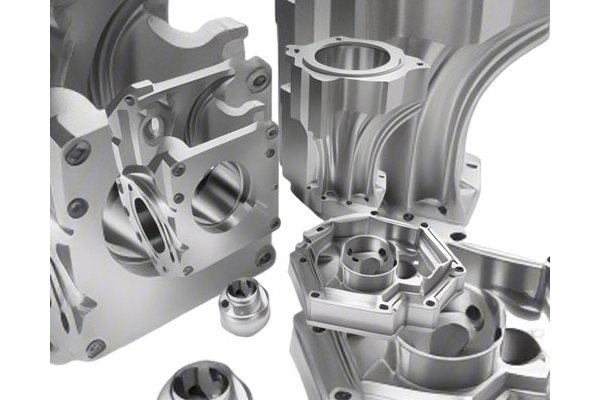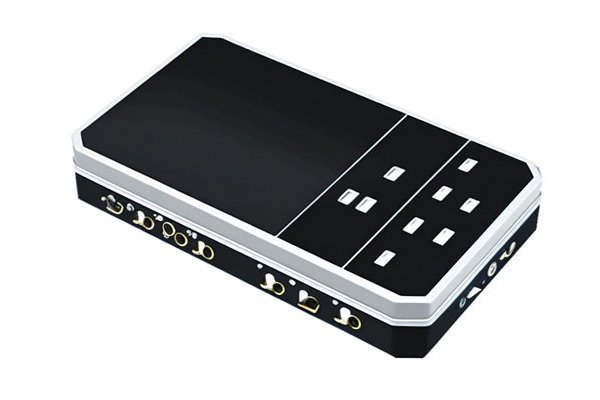Did you know that the global CNC machining market is expected to reach a staggering $100 billion by 2026? The rise in demand for precision engineering, custom manufacturing, and the efficient use of diverse materials across various industries play significant roles in this growth. With this increased demand comes the question: How can CNC precision machining plants effectively handle multiple materials in production?
This blog aims to delve deep into the multifaceted world of CNC machining, focusing on the challenges and solutions associated with processing different materials. We will explore the technology, tooling, techniques, and best practices that CNC precision machining plants can implement to enhance workflow efficiency and product quality.
Understanding CNC Precision Machining
CNC, or Computer Numerical Control, machining is a technological process that uses pre-programmed computer software to control machine tools, ensuring highly accurate shaping and fabrication of materials. These materials can range from metals and plastics to composites and wood. The versatility of CNC machining makes it a cornerstone in manufacturing industries like aerospace, automotive, electronics, and medical devices.
Despite its numerous advantages, CNC precision machining presents unique challenges when it comes to working with multiple materials. Each material has distinct properties, such as hardness, thermal conductivity, and elasticity, which can drastically affect machining techniques. Below, we’ll break down these challenges and discuss comprehensive solutions.
Part 1: The Challenges of Handling Multiple Materials in CNC Machining
Every material, whether aluminum, titanium, nylon, or polycarbonate, possesses unique characteristics that influence its machinability. Some of these include:
Different materials demand specific tooling. For example, a drill bit designed for metal machining cannot be effectively used for plastics or composites. The selection of appropriate cutting tools, such as carbide and high-speed steel (HSS), will depend on the material being processed, complicating inventory management.
The cutting speed, feed rate, and cooling methods must be adjusted based on the material. Using incorrect parameters can lead to defects like poor surface finish, dimensional inaccuracies, and excessive tool wear.
Setting up CNC machines for different materials can be time-consuming. Operators must change tools, setup parameters, and verify machine calibration. This increases production lead times, particularly when switching frequently between varied materials.
Maintaining quality across multiple materials becomes paramount; even minor inconsistencies can lead to significant defects. Consistent inspection routines are necessary, but ensuring compliance can add to pressures in production timelines.
Part 2: Strategies for Effectively Handling Multiple Materials
Now that we’ve established the challenges, let’s discuss how CNC precision machining plants can effectively navigate them to efficiently work with multiple materials.
Effective material selection is foundational to a successful CNC machining process. Before initiating production, consider these steps:
To handle multiple materials expertly, CNC precision machining plants should focus on:

Smart programming can significantly affect production efficiency. Here’s how:
Establishing standard operating procedures (SOPs) will streamline the transition between different materials:
Quality inspection must be adapted to suit different materials:
Part 3: Implementing Change for Optimum Results
Transitioning to efficient multi-material machining doesn’t happen overnight. It involves a step-by-step approach:
Handling multiple materials in CNC precision machining is both a challenge and an opportunity. By understanding the unique properties of each material and adjusting machining strategies accordingly, manufacturers can unlock new capabilities and efficiencies.
From careful material selection and advanced tooling solutions to robust quality control measures and smart programming techniques, CNC precision machining plants can not only manage but excel at multi-material production. As industries continue to evolve and demand rises, implementing these solutions will equip CNC machining facilities to stay competitive and maintain high standards.
In summary, the capabilities of CNC machining are broad, but successfully navigating the complexities of multi-material processing requires a deep understanding and strategic planning. Whether you are new to CNC machining or looking to refine your existing operations, acknowledging these insights is crucial. Embrace the opportunity to learn and adapt, as the future of manufacturing depends on it.






